In decades past, a customer’s relationship with a brand often began with exposure to mighty marketing campaigns. Spending millions on prime-time advertising, cashed-up corporations were able to recruit hordes of fanatical customers with ease.
However, in the digital age companies now deal with a savvy, switched-on legion of millennials loyal to no one. If retailers are to survive the industry transformation already underway, a new dialogue with consumers must be created.
Exactly how companies can achieve this through physical stores was the focus of a lively discussion at RetailSpaces. Discussion moderator and Verizon’s Creative Director, Kambiz Hemati, said it’s now more important than ever for retailers to make a powerful opening statement on the store floor.

“There’s only one first time experience. When you first enter a space, you have a certain idea, a certain feeling or emotion about it. The second and third time it’s never the same. The first impression is something to cherish,” he said.
Becoming Memory Makers
In order to establish that lasting first impression, Hemati believes brands need to reevaluate current approaches, no matter how popular they may be.
“We always hear about experience making. It’s so overly overused and abused as a word. No one knows what that really means,” Hemati said.
Instead, he suggests a subtle, yet powerful, paradigm shift to transform experiential encounters into memorable connections. “Experience design is really memories. It’s memory design. We need to make our spaces incubators for memories.”
This idea of memory design is a major driving force behind innovation at Whole Foods. The grocery chain’s Director of Store Design, Gabrielle Rosi, said they’ve enjoyed success crafting unique environments that generate genuine excitement.
“We did a whole brewery in our store in San Jose. Just through social media, there was a line two hours long to get into this place,” Rosi said. “That word of mouth and those memories people make and share are super important for us.”
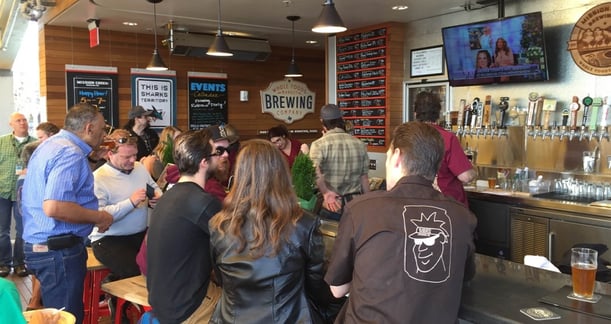 The Whole Foods Brewery in San Jose
The Whole Foods Brewery in San Jose
For Hemati, it’s exactly this kind of enthusiasm companies need to cultivate in the search for loyal customers.
“Since we know peer-to-peer review is the most important thing, we need to make our customers brand evangelists and incorporate that into the physical space somehow,” he said.
A Connection to Core Values
SoulCycle is a prime example of a brand successfully inspiring a customer-driven movement in the way Hemati describes.
According to the company’s VP of Design, Alan Cooke, building such a fiercely loyal fanbase is impossible without an unshakeable connection to a company’s core values.
“One of our mantras is Change your body, Take your journey, Find your soul,” he said.
The brand has worked hard to incorporate that belief into every minute detail of their studio designs, which Cooke believes is a major reason behind SoulCycle’s success.
“The fit and finish of our interiors is very clean and white and minimal. It’s one of the things that keeps our riders coming back. They’re attracted to an environment that allows them to disconnect, to break free, and reset their mental state,” Cooke said.
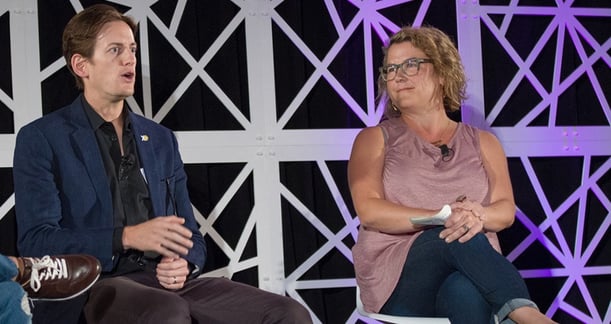
At Whole Foods, company values are communicated via stories thoughtfully weaved into every store design.
“There are always lots of stories to tell in subtle and interesting ways.
“Sometimes we even have stories about the wood we use,” Rosi said. “At one site, we reclaimed timber from the land that developers had to clear. We ended up using that wood for furniture. It’s a discovery for customers as they go through a store multiple times.”
Spreading the Word
But a story is only effective if it’s actually heard. Amid the innumerable distractions of the digital age, getting people to listen can prove a herculean task.
With the advent of social media, companies now have the potential to spread their story further than ever before. However, Hemati admitted doing so is becoming increasingly difficult.
“The average Snapchat video is five seconds, so attention spans are reduced.”
The challenge ahead is in constantly optimizing the physical design in a way that entices customers to air their excitement over social channels.
“Instagram is a huge tool for us. We spend a lot of time talking about where the selfie moments are inside of our space. That’s the quick and dirty discussion,” Cooke said, before mentioning SOULlife. An online community showcasing success stories of individual riders, the initiative has been an effective and efficient example of digital integration.
 SOULlife: An online community showcasing success stories of individual riders
SOULlife: An online community showcasing success stories of individual riders
“Creating a space where people feel compelled to tell their story in a meaningful way is one of the most successful ways that we’ve developed brand evangelists” Cooke said.
Mirroring the Digital World
Burdened by a reluctance toward online convergence, companies will struggle to capture the attention of a customer base accustomed to endless app updates and new gadgetry.
“One of the challenges of the physical space is that it’s hard to actually change them, to update them,” Hemati said.
“Technology is constantly being improved at amazing speed. We need to make sure the store is always moving and changing to keep up.”
Making use of its intentionally minimalist design, Cooke said SoulCycle has managed to find simple, yet creative ways of regularly refreshing the physical space to keep guests engaged.
“We’ve partnered with local artists to do live painting in our studios. We use our walls as a canvas for event-based marketing efforts to surprise and delight our customers,” Cooke said.
In order to keep the customer experience as seamless as possible once they arrive for classes, SoulCycle has also invested extensively to enhance its app and online presence.
Convenience is an ongoing focus for Whole Foods as well, which is seeking to improve the buy online, pickup in store experience — a feature that consistently scores well in customer satisfaction surveys.
“Seeing that we have been acquired by Amazon, I think that there’ll be some interesting new programs that come out of that. We’re slowly rolling out lockers at our stores and I’m looking forward to seeing how that will evolve,” Rosi said.
That Human Touch
However, digital integration will be pointless if retailers lose touch with perhaps the most vital aspect of physical retail.
“That connection with other people. There are so many places where that doesn’t exist anymore,” Rosi said. “People are wired to interact with each other. We need to talk to other people. That will always be a focus for us.”
As technology continues to infiltrate people’s lives at a dizzying rate, retailers have the task of matching the comfortability customers find in the digital realm, without overdoing it.
“At Verizon, we’re obviously a store full of devices, but we had to find out how to humanize the store,” Hemati said.
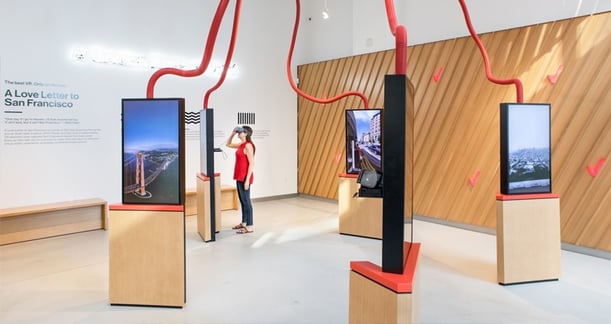 Humanizing the store experience at Verizon
Humanizing the store experience at Verizon
The real aim is creating memorable, human-centric experiences which will ultimately stand out in a tech-heavy future, no matter how simple they seem in comparison.
“When somebody arrives at SoulCycle, we’re very careful to position our front desk to accommodate the smiling faces behind it,” Cooke said. “It’s such a big part of the rider journey.”
Watch the full discussion from RetailSpaces '17 below. Enjoy!

Posted by
Physical Retail Reimagined.
RetailSpaces is a community for store development and design innovators.
Sept 15-17, 2024 | Scottsdale, AZ
Learn More!
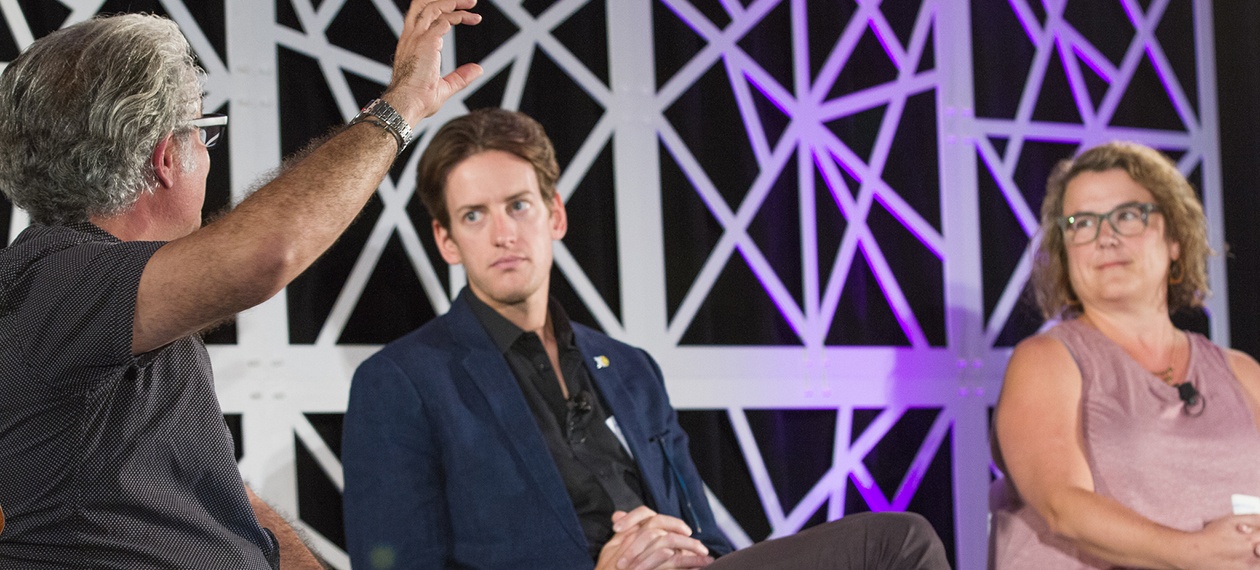

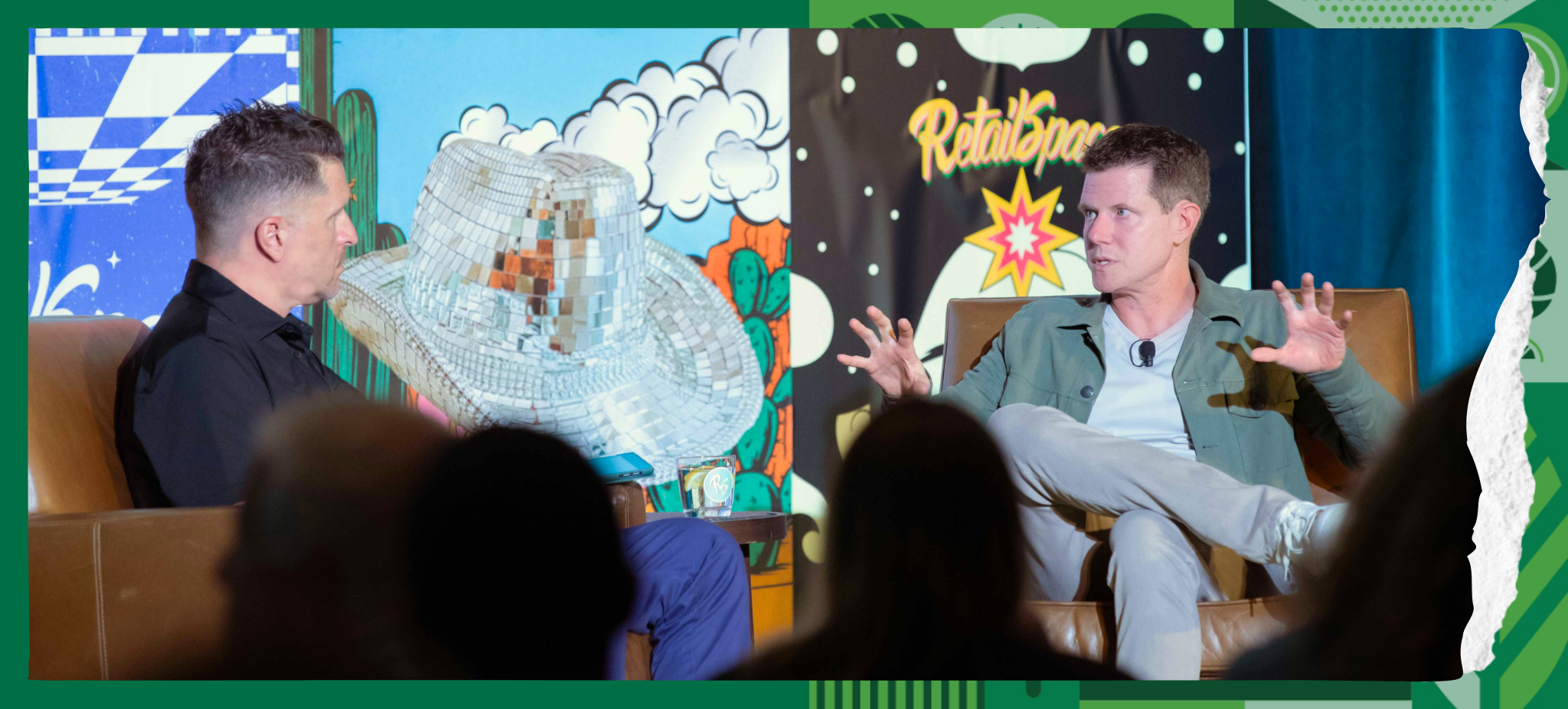


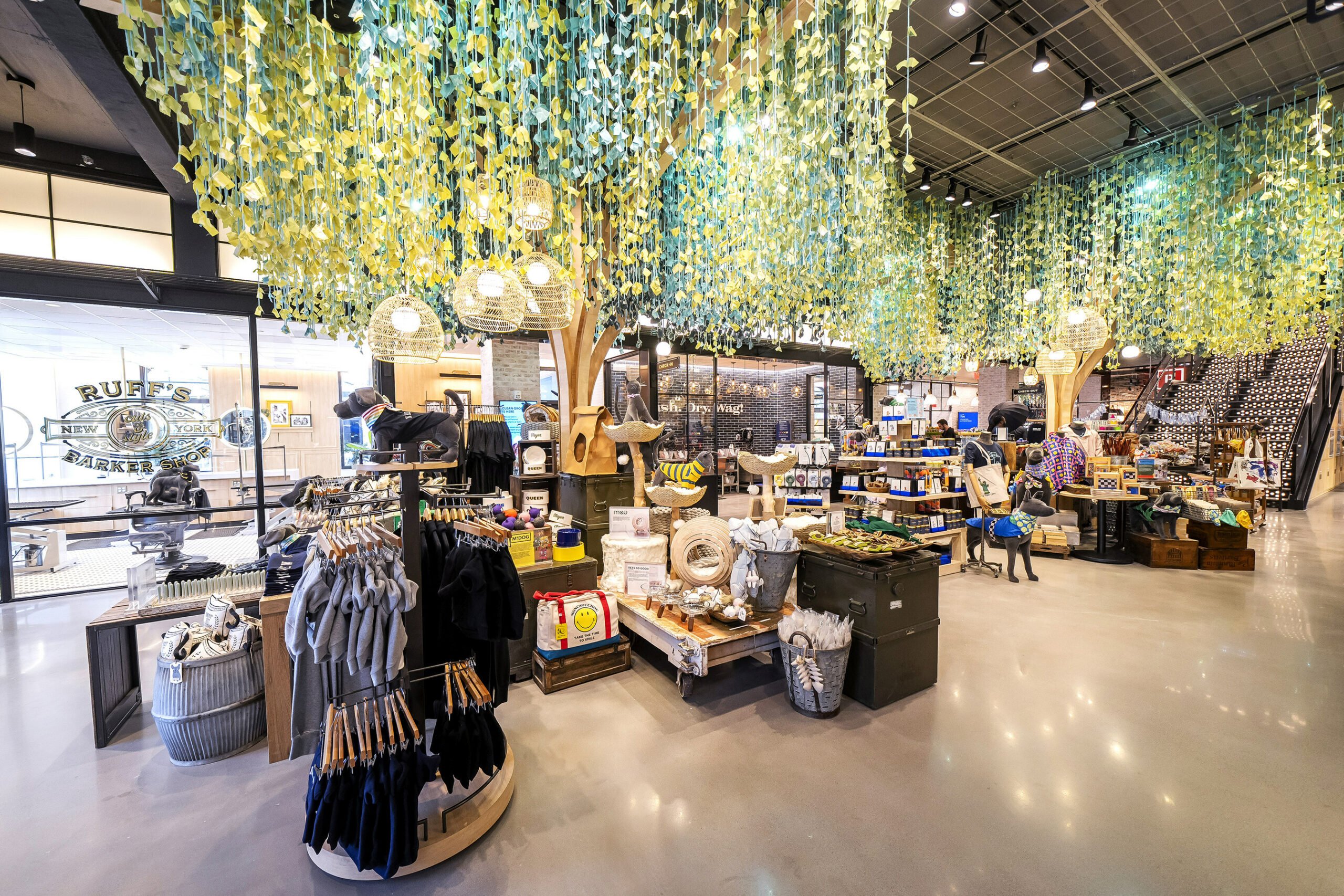
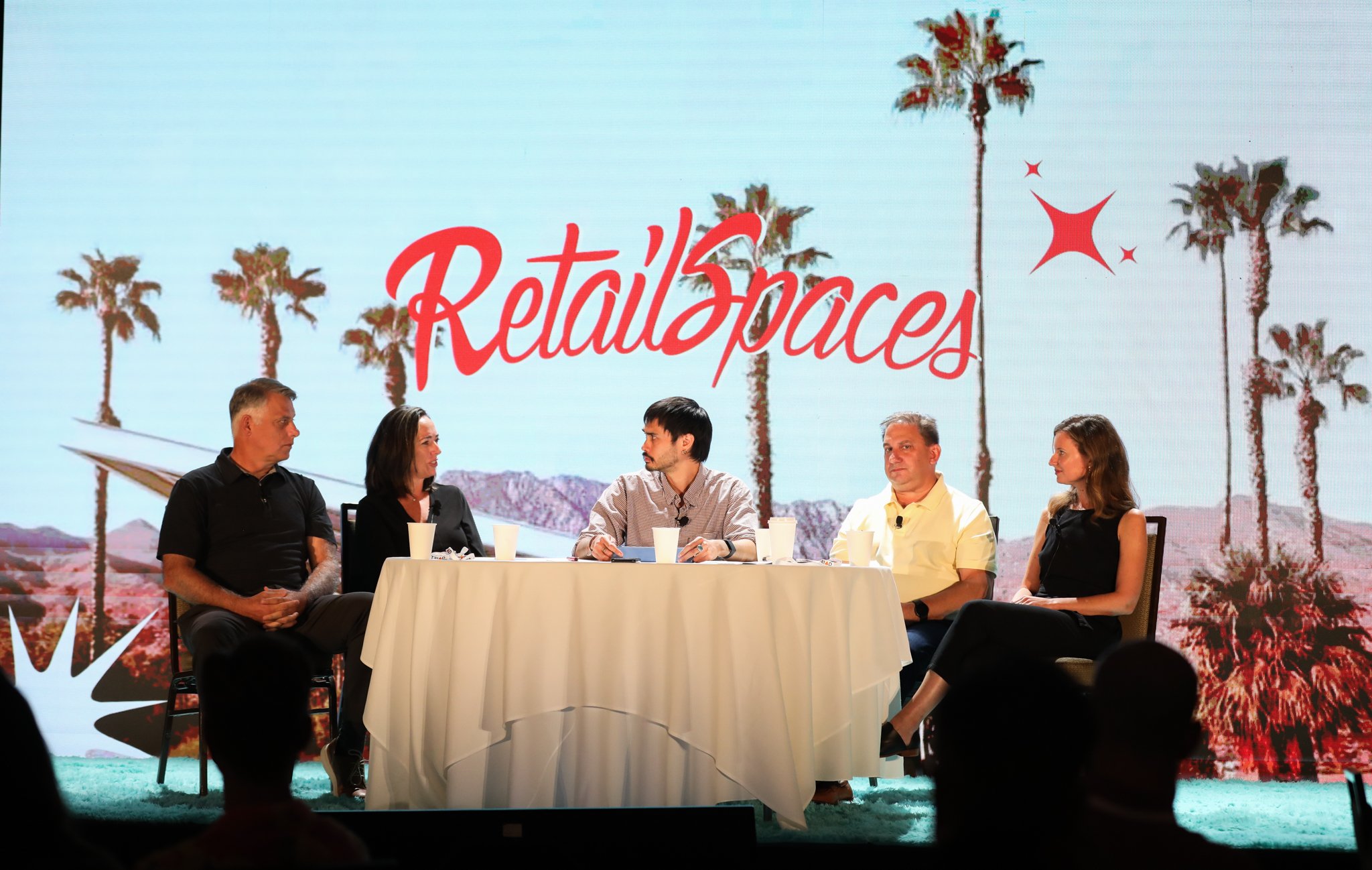

Comments